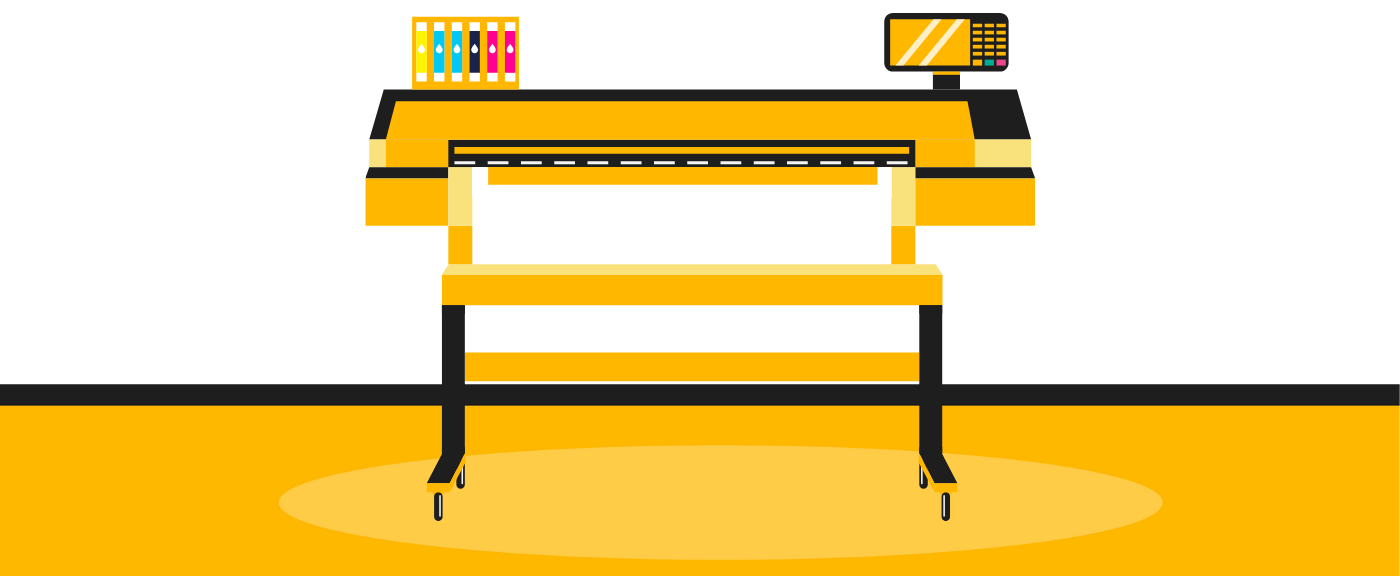The Most Durable Printing Method for Shirts & Hoodies (2025)

What is the Most Durable Printing Method for Custom Apparel?
When investing in custom hoodies and shirts, one question stands above all others: "Will the design last?" The quality and longevity of a print define the value of custom apparel, whether you're a business owner selling your designs or a creator making gear for a special event. The last thing anyone wants is a vibrant design that cracks, peels, or fades after just a few washes.
So, what is the most durable printing method available today?
This guide will provide a definitive comparison of the top printing technologies: Direct-to-Film (DTF), traditional Screen Printing, and Direct-to-Garment (DTG). We will analyze them on the key metrics of durability to help you make an informed decision and choose the right method for creating long-lasting, professional-quality apparel.
The Top 3 Contenders for Print Durability
To find the longest-lasting print, we need to understand how each technology works.
Direct-to-Film (DTF): This modern technique involves printing a design onto a special film, coating it with a powdered adhesive, and then heat-pressing it onto the fabric. The result is a flexible, durable graphic that bonds to the surface of the fabric. Learn more about the fundamentals in our DTF Printing 101 Guide.
Screen Printing: This is the classic, time-tested method. It works by pushing thick layers of ink (like plastisol) through a mesh stencil directly onto the garment. This process creates a thick, tough layer of ink that sits on top of the fabric.
Direct-to-Garment (DTG): This method functions like an inkjet printer for clothes, applying thin, water-based inks directly into the fabric's fibers. The design becomes a part of the shirt itself, rather than a layer on top.

The Durability Showdown: DTF vs. Screen Printing vs. DTG
Durability isn't just one thing; it's a combination of factors. Here’s how the methods stack up in the areas that matter most.
| Durability Factor | DTF (Direct-to-Film) | Screen Printing | DTG (Direct-to-Garment) |
| Wash Longevity | Excellent (50+ Washes) | Excellent (50-100+ Washes) | Good (25-50 Washes) |
| Crack & Peel Resistance | Excellent (Very Flexible) | Good (Can crack if stretched) | Excellent (Cannot crack or peel) |
| Color Fade Resistance | Excellent | Very Good | Good (Prone to fading) |
| Best For | Overall versatility and detail | Simple, high-volume orders | Ultimate softness, complex art |

Deep Dive: Analyzing the Results
1. Wash Longevity - The Champion: Screen Printing (by a hair)For pure, raw endurance under harsh washing conditions, a properly cured plastisol screen print is the undisputed champion. Its thick ink layer is incredibly tough. However, modern DTF is right on its heels. A high-quality DTF transfer can easily withstand over 50 washes without degrading, making it an excellent and reliable choice for almost any application. DTG, with its thinner ink deposit, is the most susceptible to fading over time with repeated washing.
2. Crack & Peel Resistance - The Champion: DTG and DTF
This is where the flexibility of digital methods shines. Since a DTG print dyes the fabric itself, there is no ink layer to crack or peel—it's impossible. DTF is the next best thing; the transfer is made from a highly flexible, rubber-like polymer that stretches with the fabric. This makes it far superior to screen printing for application on stretchy fabrics for DTF transfers like polyester blends. A thick screen print, by contrast, is more rigid and can develop cracks over time if the garment is stretched frequently.
3. Color Fade Resistance - The Champion: DTF Transfers
This is DTF's secret weapon. The colors in a DTF transfer are sealed beneath the adhesive layer, protecting them from friction and detergent in the wash. This allows the design to remain vibrant and saturated for dozens of washes. Screen prints hold up very well but can show minor fading over a long period. DTG prints are the most likely to fade, as the water-based inks are more exposed to the elements. For designs where color vibrancy is key, like glitter transfers, DTF provides superior longevity.
The Verdict: What Is the Most Durable Printing Method Overall?
While screen printing has a slight edge in raw washability for simple designs, it comes with major limitations in color and detail. When you balance all the factors of modern durability—wash longevity, flexibility, and color vibrancy—the winner is clear.
For most creators and businesses, Direct-to-Film (DTF) is the most durable and versatile printing method available.
DTF offers the best of all worlds: the excellent wash durability and color vibrancy of screen printing combined with the flexibility and unlimited detail of digital printing. You can create custom apparel with DTF transfers that is built to last without compromising on the complexity or color of your artwork.

Frequently Asked Questions (FAQ)
Why do some screen prints crack?
Screen prints crack when the thick, semi-rigid layer of plastisol ink is stretched beyond its breaking point. This is common on thinner, stretchier garments or if the print wasn't cured properly.
Is DTG printing durable at all?
Yes, DTG is durable for many uses, but it is the least durable of the three main methods. It is best suited for fashion apparel that is washed less frequently, rather than a work uniform or team jersey that will see heavy use.
Does the fabric affect the durability of the print?
Absolutely. A DTF print on a high-quality, 100% cotton or poly-blend shirt will last longer than the same print on a cheap, loosely woven garment simply because the foundation is stronger. You can learn more in our guide to DTF-compatible fabrics.
What about heat transfer vinyl (HTV)?
HTV is durable for what it does best: simple, one-color text or shapes like names and numbers on jerseys. However, it is not suitable for complex, multi-color designs, and layered vinyl can feel very thick and heavy.
How can I make my printed shirts last longer?
Turn them inside out before washing, use cold water on a gentle cycle, and tumble dry on low or hang to dry. Avoid bleach and fabric softeners, as they can degrade the print's adhesive over time.
Is a thicker print more durable?
Not necessarily. While a thick screen print is tough, it's also rigid. A thinner, more flexible DTF print can often outlast a screen print on a stretchy garment because it moves with the fabric instead of fighting against it.
Does a DIY DTF setup produce durable prints?
It can, but inconsistency is the main issue. The durability of a transfer depends on a perfect cure. A professional service uses commercial-grade equipment to guarantee this every time, which is difficult to replicate with a DIY DTF printer conversion.
What is the best printing method for hoodies?
For hoodies, which are often made of thick cotton/poly blends, DTF is the best all-around choice. It provides a durable, flexible print that won't crack and shows up vibrantly on the fleece material.
How do I know if I'm getting a quality transfer?
A quality transfer, like the ones you can order from Transfer Kingdom, will have sharp details, vibrant color, and an even, smooth adhesive backing.
For a business, which method provides the best value?
DTF provides the best value. It eliminates the high setup costs of screen printing and the fabric limitations of DTG, allowing you to offer a huge range of durable, high-detail products to your customers, even as gang sheet prints.








